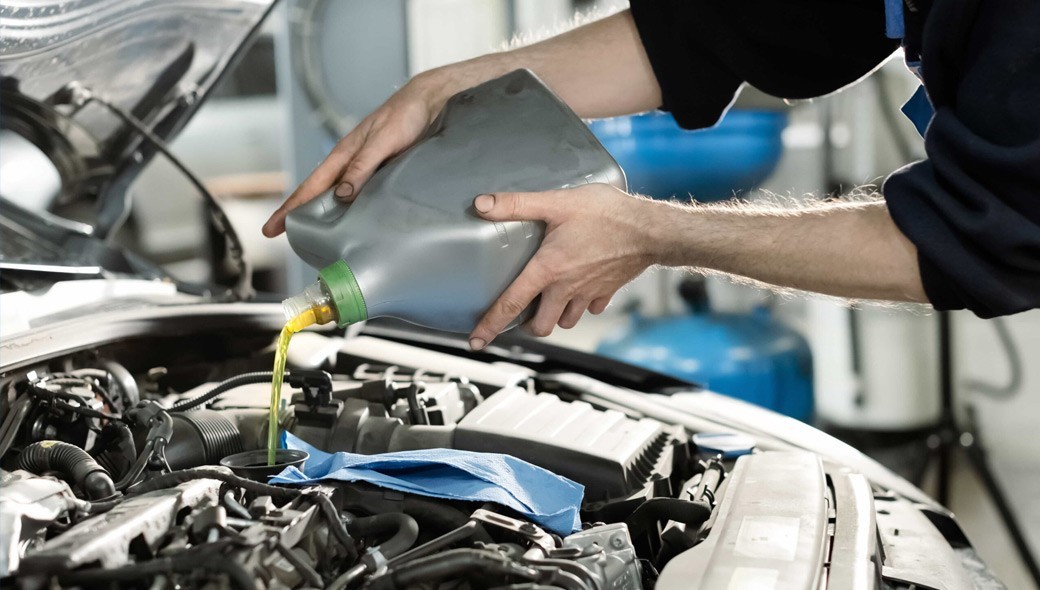How to check the oil level in the engine?

Many drivers, especially the less experienced ones, think that the car will warn them about the lack of engine oil. Unfortunately this will not always happen because the software often crashes or becomes uncalibrated. Any damage to the oil pan may result in loss of fluid, and the car may not always give us an appropriate warning.
Why exactly is engine oil in a car?
Since we're talking about engine oil, it's worth knowing its function in our vehicle. Engine oil should be treated as a structural element of the engine, which determines its operation, operational properties, durability and the emission of toxic exhaust gas components. One of the main roles of engine oil is to reduce frictional resistance between cooperating engine elements, both in their rotational and reciprocating motion, thus preventing the so-called abrasions. Another important task is to clean engine components from deposits, carbon deposits and abrasion products generated during operation.
Moreover, there is a very wide spectrum of compounds that may be formed during oil operation and reduce its suitability for further functions. The heat generated during engine operation, contact with fuel and its combustion products, and the presence of oxygen from the air, cause the degradation of the basic component of engine oils - hydrocarbons. That is why it is so important to maintain the appropriate level of engine oil, because negligence may result in expensive repairs or even replacement of the entire engine.
How to check the engine oil level in your car?
Once we decide to regularly check the oil level in the vehicle, we should know how to do it. The first and most important point is that we always check the oil level on a cold engine. The oil works while the car is driving, so checking its level when the engine is warm may give us an incorrect result.
We should remove the dipstick from the engine and wipe it clean of any remaining engine oil. Once this is done, we insert the "bayonet" inside until we hear a click indicating that it has been fully inserted. Then we take out the indicator and check whether it is in the optimal amount (between minimum and maximum).
What if there is no oil?
Oil, we checked the oil level and it turned out that it was too low, what now? The simplest answer is to just add it. After opening the hood, we should see a card with the brand and name of the oil manufacturer, which was placed there by the service technician. It is best to buy identical oil, but if this is not possible, you can easily choose another one, provided that it matches the viscosity and quality class of the oil already in the engine.
When replenishing the level of oil that will work in our car, we should not pour too much of it. Too much oil can be as harmful as too little.
Once we have purchased the oil, we start pouring it into the engine. Knowing that there cannot be too much of it, we should slowly add oil through the hole intended for this purpose and check from time to time whether the maximum has not been exceeded. The optimal amount will be when the level is perfectly halfway between the minimum and maximum on our indicator, but the most important thing is not to exceed any of the values given on the dipstick..
It is also worth remembering to change the oil often enough, preferably in accordance with the oil change interval recommended by the manufacturer. We can do it ourselves or go to a mechanic.
Once we know how to check the oil level and how to top it up, we can be sure that our engine is not at risk of seizing up. It is certainly worth checking its level preventively from time to time so that it does not turn out that we have to replace the entire engine.

